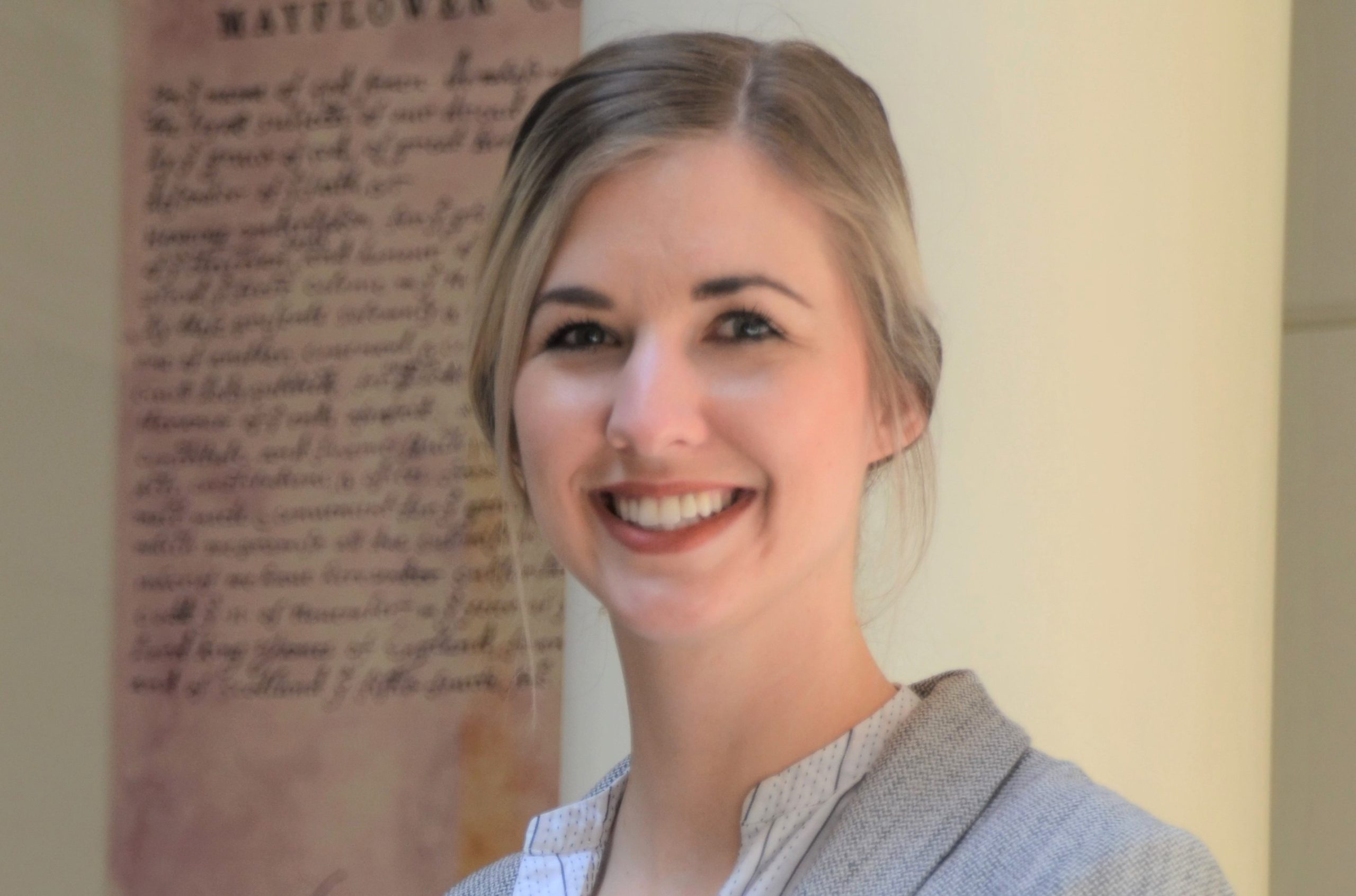Post by: Jessica Sherwood
The second half of my summer, I had the privilege of interning with the Miami State Attorney’s Office, splitting my time between the human trafficking and mental health divisions. I worked closely with ASA, Lourdes Roberts, who was the head prosecutor for Baker Act and Veteran’s Court cases. My experience working alongside of her exposed me to the phenomenal work of treatment courts within our justice system. Currently, Miami has three treatment courts: Veteran’s Court, Drug Court, and Baker Act Court.
Veteran’s Court offers a rehabilitative alternative to prison time for former veterans who have committed a misdemeanor or low-level felony. Likewise, this rehabilitation option is also available to defendant’s who were arrested for possession or selling drugs. Finally, Baker Act Court is for defendants who have been involuntarily committed to a hospital due to severe mental illness. Oftentimes, they have committed a petty crime in part due to their current unstable mental state. They too, have an option to choose treatment rather than serve prison time.
Treatment courts work from the framework of rehabilitation rather than punishment. Specifically, these courts use innovative problem-solving methods to create a model in which the judge, prosecution, defense, mental health services, and treatment communities work together to help offenders into long-term recovery. I was able to observe these courts as well as conduct relevant research for them. The Miami State Attorney’s Office was the first office both domestically and internationally to develop a drug treatment court. Miami has continued to be a leader in rehabilitative approaches to the traditional criminal punitive system.
In order to remain eligible to participate in treatment rather than prison time, the defendant must follow rigorous requirements. Treatment plans range from ninety days to one year. If a defendant fails to meet one of the requirements, there is often a grace period before they have to serve their sentences. Other times, the judge will give them a week in jail and set a hearing for the following week.
The ASA serving as the lead prosecutor for the drug treatment court told me the success rate of the drug treatment court is close to 95%. This means, 95% of criminals who choose rehabilitation and successfully complete treatment are never seen in the criminal justice system again. Unfortunately, defendants charged with using or selling drugs and taken into custody with no chance for treatment often return to the court system within a matter of months after their release.
This experience allowed me to expand my thinking in regards to the role of the criminal justice system. Although justice can be seen through retribution and punishment for crime, I believe justice can also be achieved through rehabilitative and restorative measures. I am learning to not be content with the status quo, but rather to take steps towards innovation. If the Miami State Attorney’s Office had not taken a leap of faith to develop the first drug treatment court more than thirty years ago, there would not be the 3,000 drug treatment courts in effect today. Through these courts, thousands of people are given the power to choose rehabilitation and commit to a new lifestyle.
This post was written by a Center for Global Justice Intern. The views expressed in this post do not necessarily reflect those of Regent University, Regent Law School, or the Center for Global Justice.

